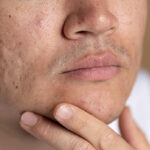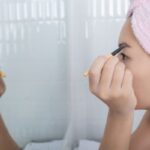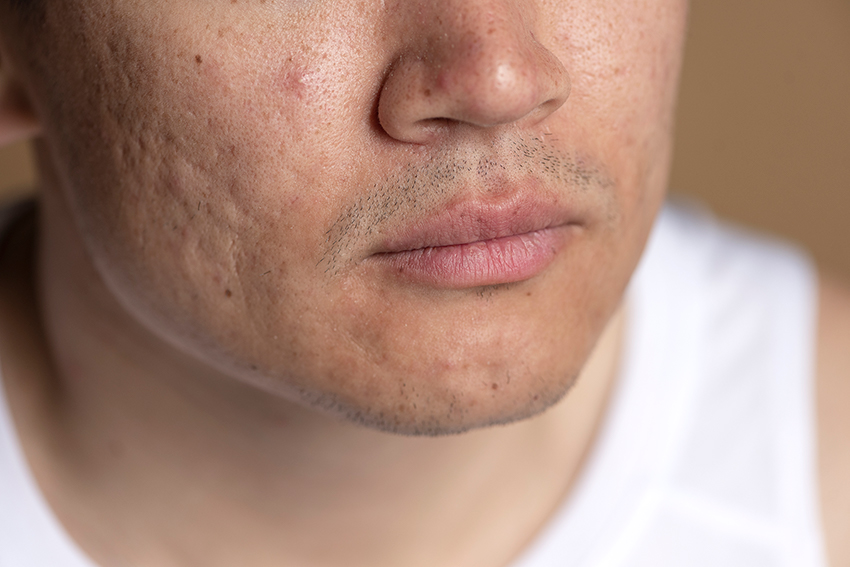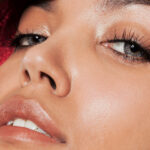Introduction:
Acne, a common and unpleasant skin disease, may darken anyone’s complexion. Even during the conflict, triumph is possible. The right skincare solutions may cure and prevent acne, relieving people with frequent and occasional outbreaks. These products may solve their issue. It may be challenging to handle the vast range of cleansers and moisturizers available to clients. Because of this, acne-prone skin sufferers are left unsure of the best therapy.
Understanding Acne-Prone Skin:
Understanding acne-prone skin’s complexity is essential to immersing oneself in skincare remedies. Any age may have acne. You may have acne at any age. Zits and blackheads are embarrassing and caused by dead skin cells and sebum in hair follicles. Diet, hormones, skincare, and environment may cause acne. Thus, navigating skincare options requires significant experience.
Customized skincare treatments are essential for these conditions. Acne-prone skin becomes oilier and more sensitive, so these therapies are crucial. Specialized items are needed in which regions? Most likely because acne and other skin conditions require appropriate treatment. Oil-free, non-comedogenic moisturizers keep skin healthy and prevent acne. Investment in these products is vital.
Recommended Skincare Products for Acne-Prone Skin:
- Gentle Cleansers: Acne-prone skin must be cleaned earlier skincare. Every skincare routine begins with cleaning. Wash debris, oil, and other pollutants gently without disrupting the skin’s moisture barrier. This aids success. Salicylic acid and benzoyl peroxide cure acne. These chemicals clean pores and decrease acne-causing germs. Scrubs and cleansers that are too harsh might cause acne and skin irritation. Proceed with caution. Do not interact with them.
- Exfoliants: Dead skin cells restrict pores and cause acne, so exfoliation is necessary. Successful implementation is essential. Acne-prone skin needs mild exfoliants. Avoid harsh scrubbing with glycolic or lactic acid chemical exfoliants, which remove dead skin and boost cell turnover.
You must avoid destroying the skin’s protective barrier. Exfoliate two to three times a week to balance and protect your skin.
- Acne Treatments: Treatment may reduce acne scars and irritation. Acne scar treatments minimize inflammation. Select sulfur, salicylic acid, or benzoyl peroxide. Give them priority. The compounds prevent acne-causing bacteria and have other benefits. Advantages include reduced oil production. A serum or treatment with these ingredients may prevent more extensive facial breakouts. Thus, epidemics may be avoided. Spot treatments target specific facial flaws. Some techniques are spot fixes. Cure and prevent breakouts with spot treatments.
- Oil-Free Moisturizers: To avoid acne, acne-prone skin avoids moisturizers. This damaging idea affects many. Moisturize to prevent acne-causing dryness and oil production. Additionally, moisturizing lessens dryness. These aspects make moisturizing crucial. A lightweight moisturizer without oil or comedogenic chemicals shouldn’t clog pores. Look for oil-free hyaluronic acid.
- Sunscreen: Avoiding UV exposure is crucial for acne therapy, particularly with sun-sensitive drugs. Ideal sunscreens have at least 30 SPF and no grease or comedones. Broad-spectrum UVA and UVB protection from zinc oxide and titanium dioxide is gentle on acne-prone skin. These sunscreens are physical. Daily sunscreen usage prevents UV damage and delays aging. Keep this in mind on cloudy days or inside.
6. Non-Comedogenic Makeup: Cosmetics must be oil-free and non-comedogenic to avoid acne. This may prevent acne from worsening. Mineral makeup—loose powders and foundations—may improve acne-prone skin owing to its lightweight and low-pore-clogging properties. Mineral makeup helps acne. Minerals rock. Before bed, eradicate makeup with a mild cleanser to evade pore congestion and breakouts.
- Hydrating Face Masks: Hydrating face masks may help acne. It’s possible. Hydrate and soothe without clogging pores with a hyaluronic acid, aloe vera, or oatmeal mask. Chemical masks exist. Choosing a mask with these features is crucial. Masks twice a week moisturize skin. It enhances skin overall.
The Power of Tretinoin Cream as Skincare
Many skin problems may benefit from tretinoin cream. Dermatologists use tretinoin to treat acne, wrinkles, and uneven skin tone. Vitamin A derivative tretinoin. This section discusses tretinoin cream’s benefits and drawbacks.
What you need to know about Tretinoin Cream?, Safety Guidelines
Retinoids include tretinoin. Continuous cell recycling improves hyperpigmentation, pores, and collagen production, and reusing skin cells may enhance these. Creams, gels, and lotions may contain 0.025–0.1% tretinoin. All of these are accessible now.
Tretinoin Cream Benefits:
1. Acne Treatment: Retinol cream may eliminate acne. Blocked pores, inflammation, and oil production must be addressed for cleaner skin. These components all promote clarity.
- Anti-aging: Tretinoin lotion reduces fine lines and signs of aging. Increase collagen and cell turnover to revitalize skin.
3. Hyperpigmentation: Malaria, black spots, and sun damage may be reduced with Tretinoin cream. This enhances skin tone, pigmentation, and cell elimination.
Considerations and Side Effects:
Knowing tretinoin cream’s adverse effects and hazards is vital, notwithstanding its benefits:
1. Skin Irritation: The early weeks of using tretinoin cream may cause redness, peeling, and dryness. Start with low concentration and increase frequency as the skin reacts to lessen irritation. SPF and moisturizers minimize dryness and irritation.
2. Sunburn and damage risk: Tretinoin cream increases sunburn risk. Protect yourself from the sun with SPF 30 sunscreen daily, especially during peak hours. Shade and protection minimize sunburn and photoaging.
3. Pregnant and breastfeeding women should avoid tretinoin cream to prevent congenital disabilities. Before taking tretinoin, see a doctor if breastfeeding or pregnant.
- Initial Purging: Tretinoin cream may worsen acne. Natural “purging” occurs when the skin reacts to therapy. Consult a dermatologist if the purging worsens.
Best Use Tips:Consider these methods to maximize tretinoin cream benefits and minimize adverse effects:
- Start Slowly: Increase the frequency of 0.025 percent tretinoin cream as tolerated. Your skin reacts better to therapy and loses inflammation.
2. Moisturize: A medium-intensity, comedogenic-free moisturizer may minimize tretinoin-induced dryness and peeling. Use this moisturizer after tretinoin in the morning and before bed.
- Sunscreen: Avoid extended sun exposure and apply sunscreen. These two skin-protection actions are essential. Apply broad-spectrum SPF 30 sunblock every two hours outdoors. It is recommended frequency.
- Be Patient: Tretinoin cream takes weeks to work, so you must keep up your skincare regimen. Take tretinoin as directed.
Summarizing Tretinoin cream:
Tretinoin cream eliminates age spots and improves skin texture and tone. It also nicely treats acne. Therapies with tretinoin must be delivered under dermatological supervision. You may enhance your skin by understanding tretinoin cream’s procedures, side effects, and recommended practices. Please use this unique skincare product with patience, commitment, and sun protection for optimal results. It is strongly suggested.
Conclusion:
Custom skincare products may offer you robust and flawless skin. Oil-free, mild, non-comedogenic products may assist acne-prone skin. Daily use of prescribed skincare products may provide the ideal complexion. The line comprises acne treatments, cleansers, moisturizers, and exfoliants. Be patient—your skincare routine may take time. Regular skincare products may treat acne and brighten skin.







